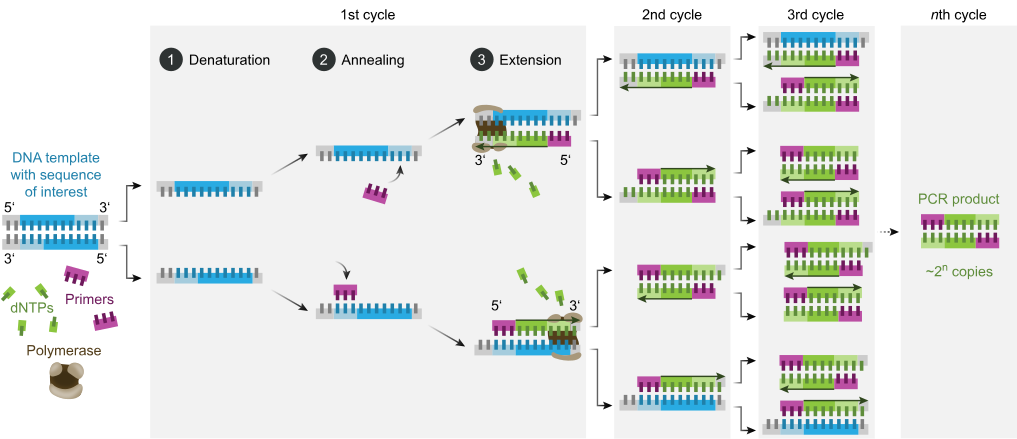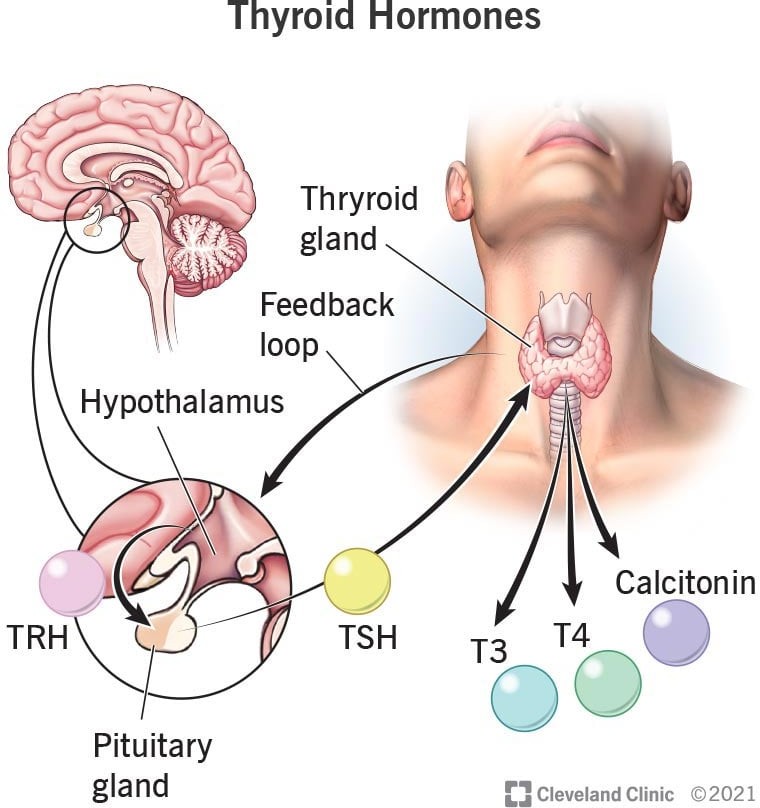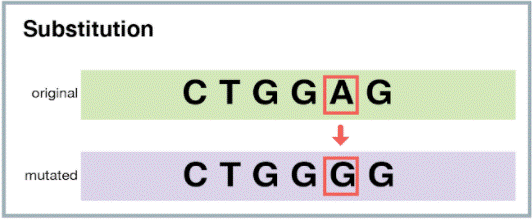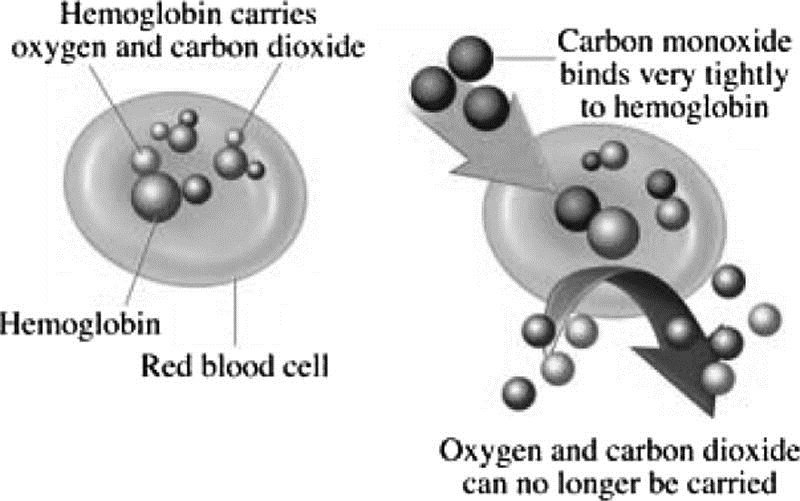What is the purpose of using PCR (polymerase chain reaction) in the laboratory?
A. To separate DNA fragments by size.
B. To amplify specific regions of DNA.
C. To sequence DNA fragments.
D. To analyze protein expression levels.
The correct answer is choice B.
To amplify specific regions of DNA.
PCR (polymerase chain reaction) is a laboratory technique used to make many copies of a specific region of DNA.
 |
The goal of PCR is to make enough of the target DNA region that it can be analyzed or used in some other way.
PCR has many research and practical applications, including DNA cloning, medical diagnostics, and forensic analysis of DNA.
Choice A is incorrect because PCR does not separate DNA fragments by size. Choice C is incorrect because PCR does not sequence DNA fragments.
Choice D is incorrect because PCR does not analyze protein expression levels.
Therefore, the Correct Answer is B.





